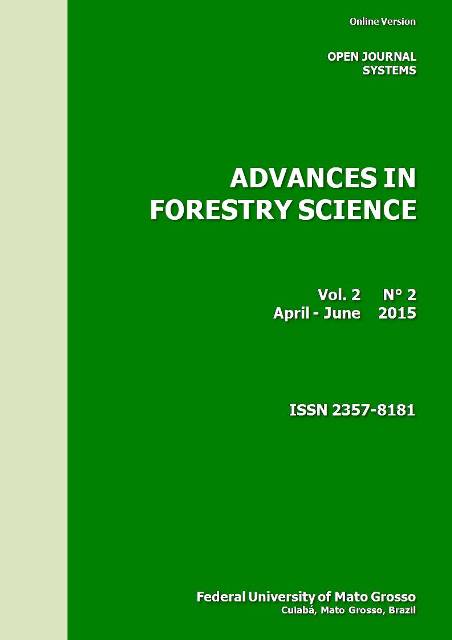Roadside vegetation diversity of Jodhpur district and its role in carbon sequestration and climate change mitigation
DOI:
 https://doi.org/10.34062/afs.v2i2.2157
https://doi.org/10.34062/afs.v2i2.2157
Keywords:
Species diversity, Xerophytes, Biomass, Carbon stock.Abstract
Roads are anthropogenicaly constructed ecosystem which support varying vegetation either planted or grown naturally and play an important role in carbon sequestration and climate change mitigation. A study was conducted to monitor vegetation diversity and their relations to carbon storage in both soil and vegetation growing the along roadsides in forty five villages covering nine forest ranges in Jodhpur district. A total number of 140 plant species belonging to 35 families were recorded during field study. Most of them are ephemerals and annuals. We observed significant positive relations between species diversity and species richness with both aboveground and belowground biomass. The enhanced species diversity and species richness of tree through plantation and sapling, shrubs and herbs through regeneration had positive correlation (P<0.05) with carbon storage in both biomass and soils. However, high diversity in topography, soils and better rainfall in Mandor and Osian enhanced, whereas high soil pH in Baap and Luni negatively affected plant diversity and carbon storage. Intensive farming and anthropogenic pressure in Bilara area affected carbon storage. Conclusively, effects of vegetation, nutrient status, texture, history of the site had important bearing on carbon storage. Roadside vegetation diversity played significant role in sequestering carbon in woody biomass as well as in soil. There is need to manage this man made ecosystem judiciously to enhance carbon sequestration and help mitigate climate change.
Downloads
Published
Issue
Section
License
All copyright must be assigned to the Federal University of Mato Grosso.

